Other Women Masters
Accompanying Exhibition Discourses
Other Women Masters brings together 12 current professionals—researchers, philologists, artists, historians, landscape architects, politicians, writers and anthropologists—who reflect on their specialist areas at the present time based on major themes or sections from the exhibition Women Masters.
Content curated by Semíramis González and Isabel Tejeda.
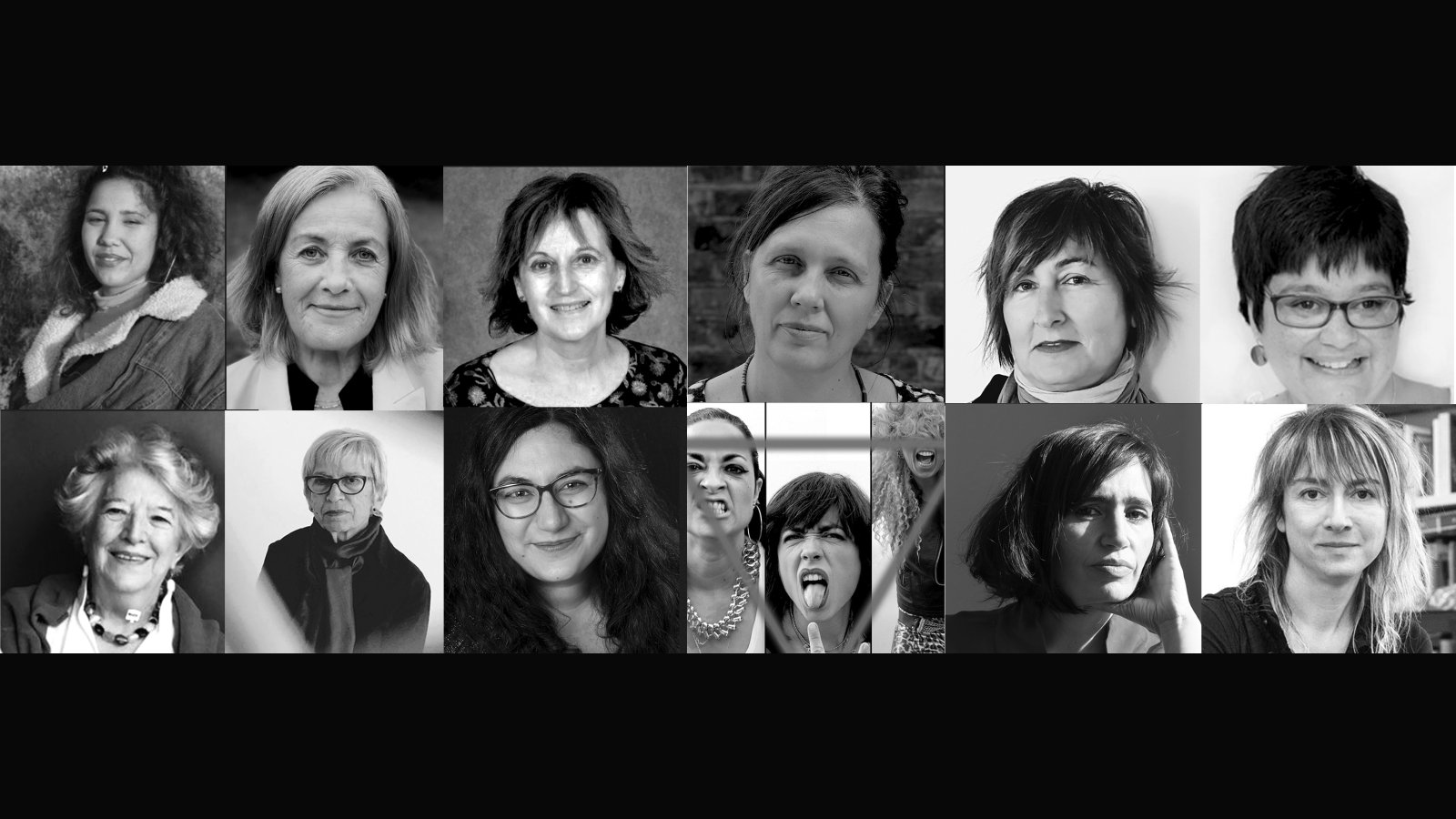
Going beyond the exhibition’s timeline, these ‘Other Women Masters’ offer a perspective ranging from medieval pioneers to twentieth-century artists, recounting their life experience as citizens, artists and researchers from the 1960s to the present day and creating an accompanying creative work.
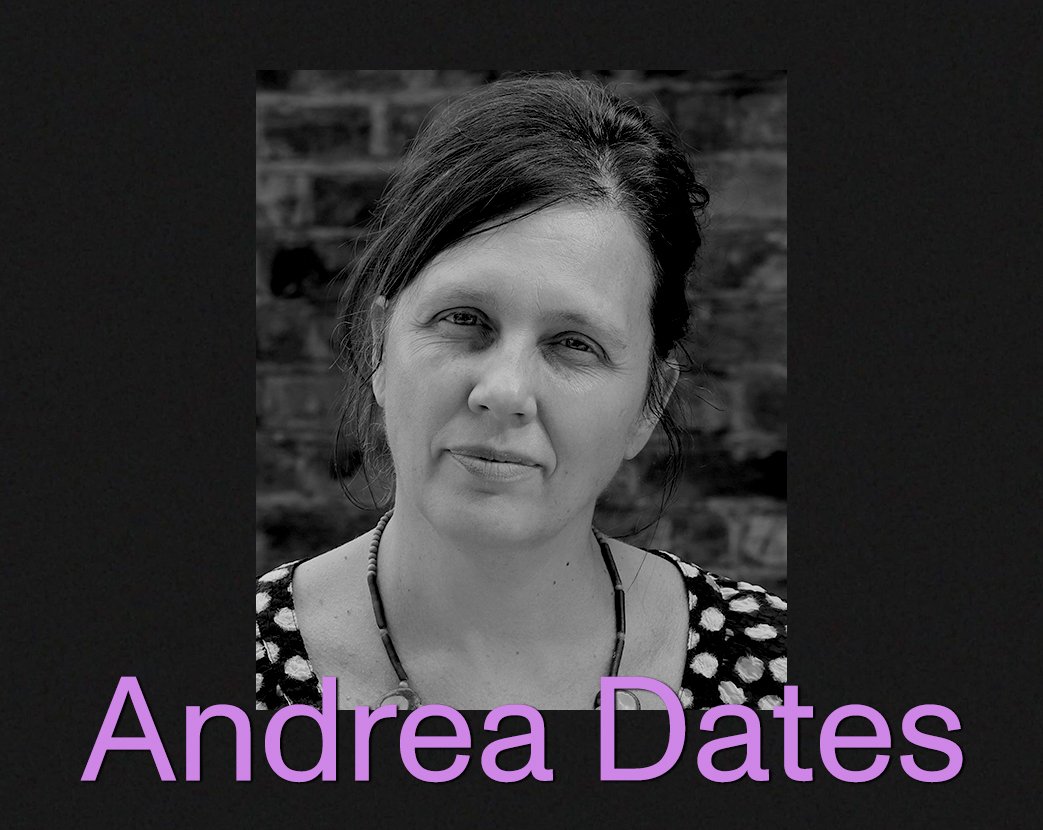
Andrea Dates
Landscape architect
Associate architect at Townshend Landscape Architects, she has a degree in Fine Art and completed an MA in Landscape Architecture at Greenwich University. She has worked on public art and live art projects in Argentina, Brazil, France and Spain and has a particular interest in the social dynamics of public spaces.
For Other Women Masters, Botanists, well-versed in wonders, section, Dates enters into dialogue with landscapes architects from the 17thth and 18th centuries to talk about her experience in the field, relating the genealogy of those who came before her and reflecting on the state of design today.
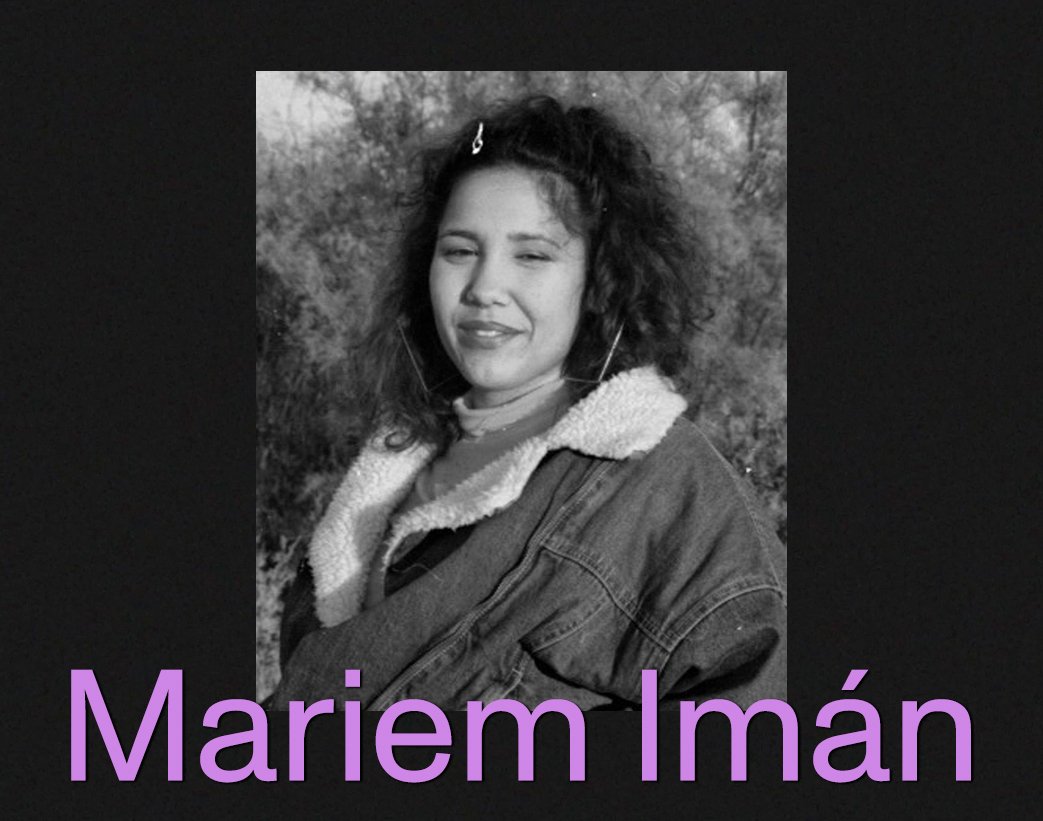
Mariem Imán
Visual artist
And graduate in Social and Cultural Anthropology. Her main area of interest is related to combining anthropological research and artistic work to reassert art as a form of knowledge that has major impact on society through painting, collage, action painting and installation painting.
For the section on Orientalism/Genre painting, Mariém Imán examines the stereotypical representation of women as ‘odalisques’ and considers which areas of art anti-racism addresses today.
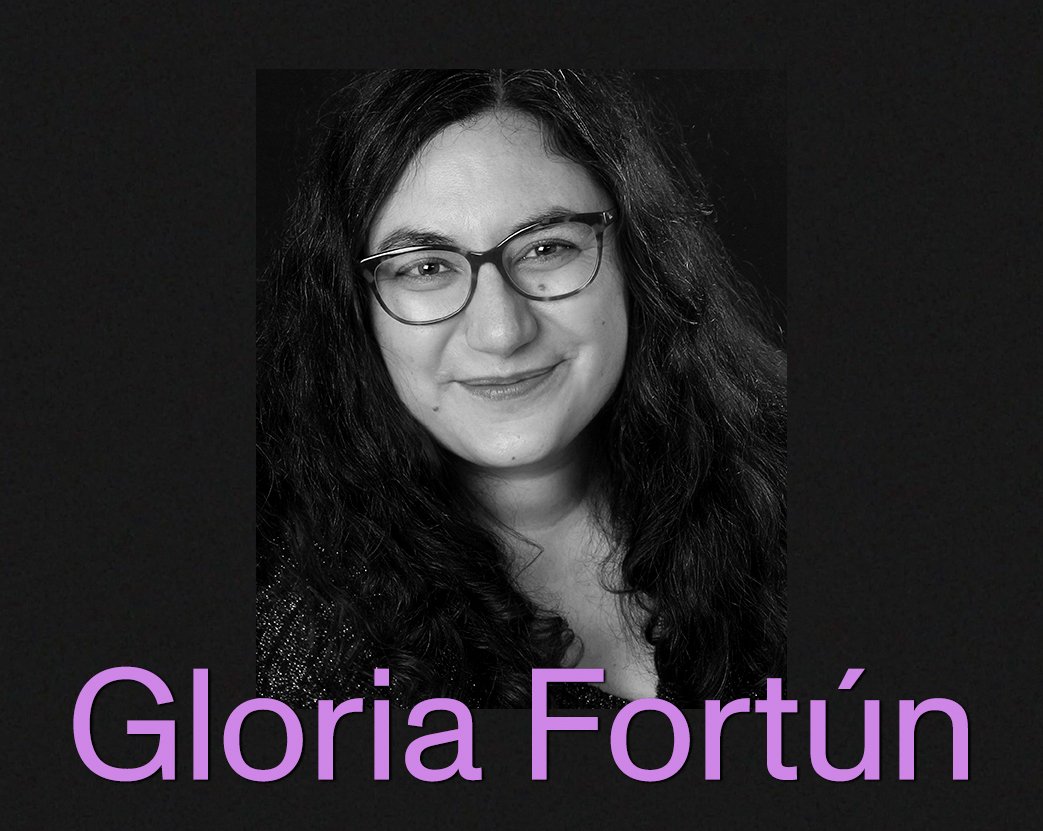
Gloria Fortún
Writer and Poet
Spanish writer, poet and translator working in the field of literature from a multidisciplinary approach, she produces writing, poetry recitals and literary translation and teaches creative writing as well as being an LGBT+ and feminist activist.
For the section Sisterhood II. Rapport, Gloria Fortún reads a text written especially for the Other Women Masters site, in which she identifies women and sisterhood, mutual support and feminism as tools of resistance.
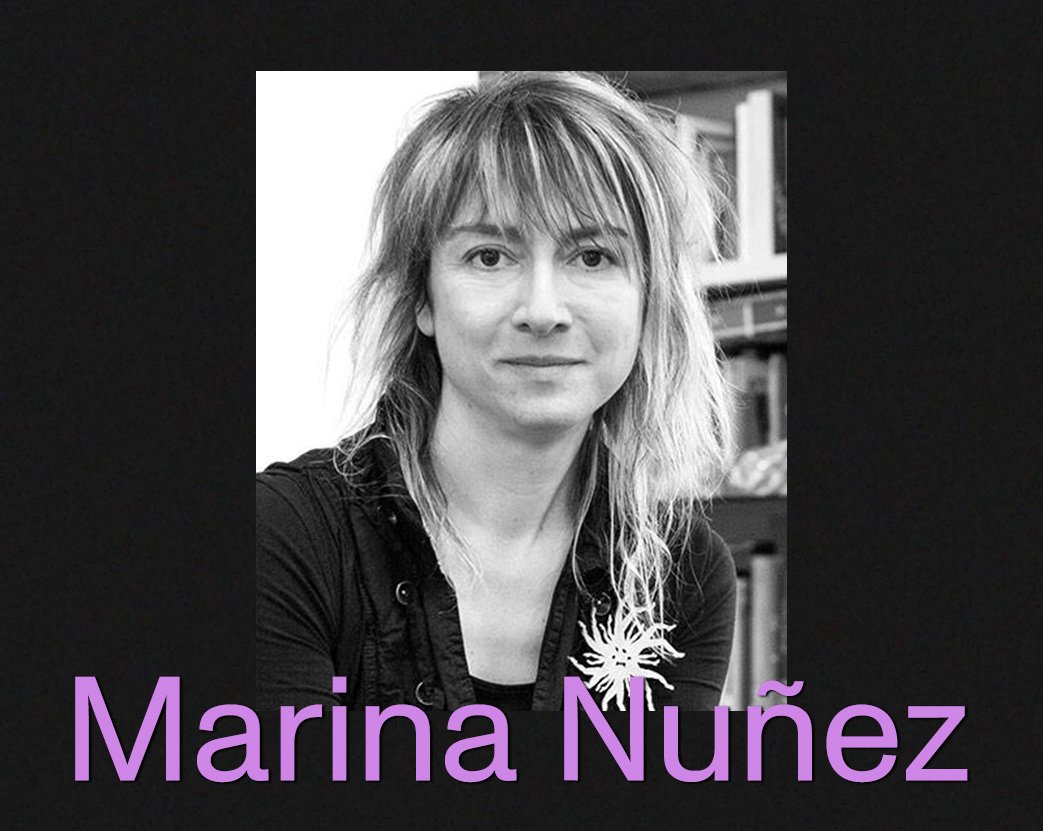
Marina Núñez
Multidisciplinary artist
Spanish multidisciplinary artist and graduate in Fine Art from the University of Salamanca, she received a PhD in Fine Art from the University of Castilla-La Mancha. She is a senior lecturer in Painting at the Faculty of Fine Art of the University of Vigo. In her work she depicts strange, different, monstrous beings who exist in the margins or go against the grain.
For Emancipated women, Marina Núñez recalls how during her university education she did not have access to genealogies of women artists and how her readings on the work of historians such as Griselda Pollock, Lucy Lippard and Whitney Chadwick, in the 1990s, taught her that art history is a narrative that obscures or neutralises women. This alternative history of art was fundamental to her as an artist.
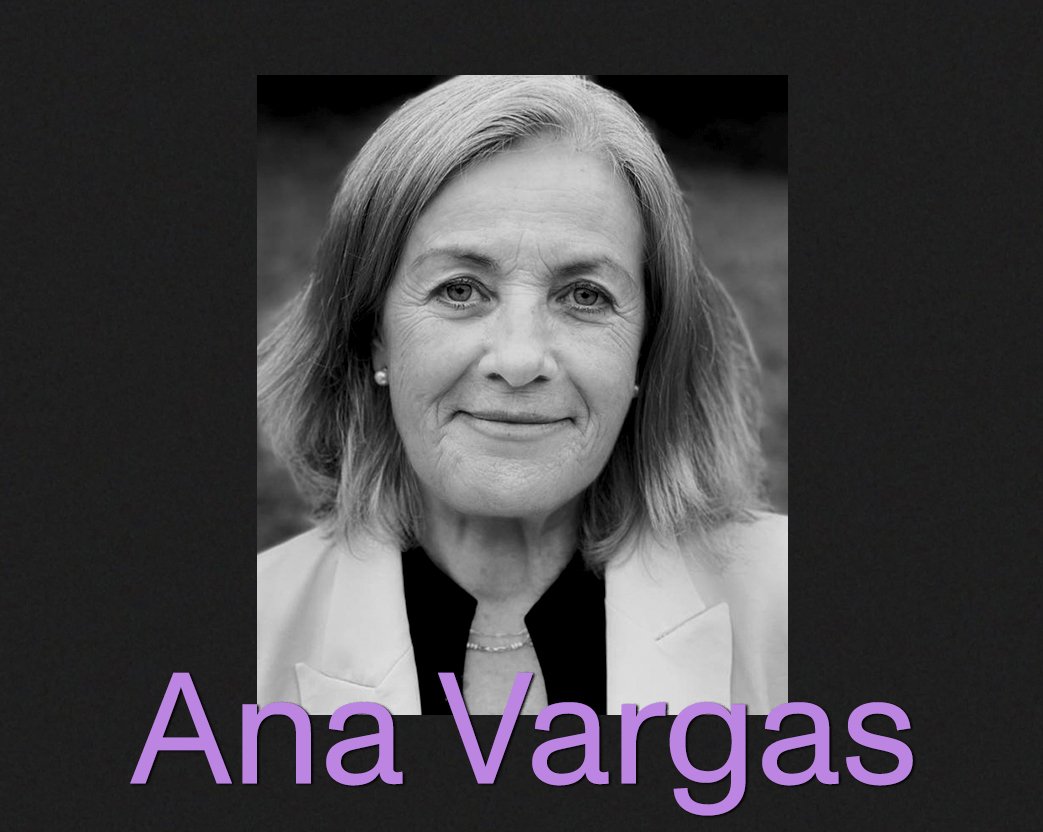
Ana Vargas
Medieval historian
Lecturer at the Faculty of Humanities, Communication and Documentation of the University Carlos III of Madrid, with a PhD from Complutense University of Madrid. With an extensive career as a researcher and teacher of Gender Studies, her areas of research mainly focus on the texts of the Querelle des Femmes (14h to 15th and 16th centuries).
According to Ana Vargas, The causa delle donne was a historical European movement that began in the 15th century and continued until the 18th century. Both men and women participated in the cultural and political movement, which saw the intellectual and political worth of women, as well as their ‘nature’, discussed.
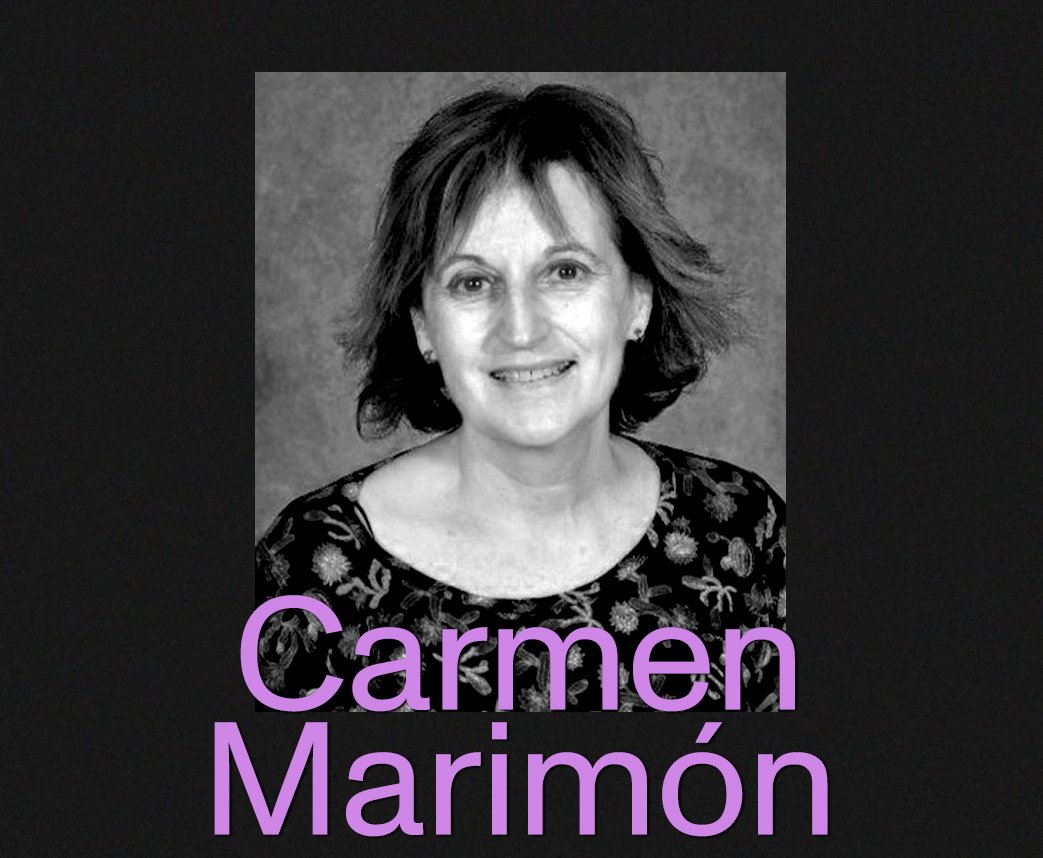
Carmen Marimón
Senior lecturer of the University of Alicante
Senior lecturer in Spanish Language at the Department of Spanish Philology of the University of Alicante. Specialising in medieval prose writers, research that she compiles in her book Prosistas castellanas medievales (Medieval Castilian Female Prose Writers), she has also worked on various aspects of textuality and pragmatic analysis of the Spanish language as well as monolingual and specialised lexicography.
For The causa delle donne, Carmen Marimón provides a succinct review of several Spanish female artists and writers from the Middle Ages, a period preceding the chronology of Women Masters. From the 13th to 14th centuries, she specifically refers to the painter Teresa Díez and, regarding prose writers, Leonor López de Córdoba and Teresa de Cartagena.
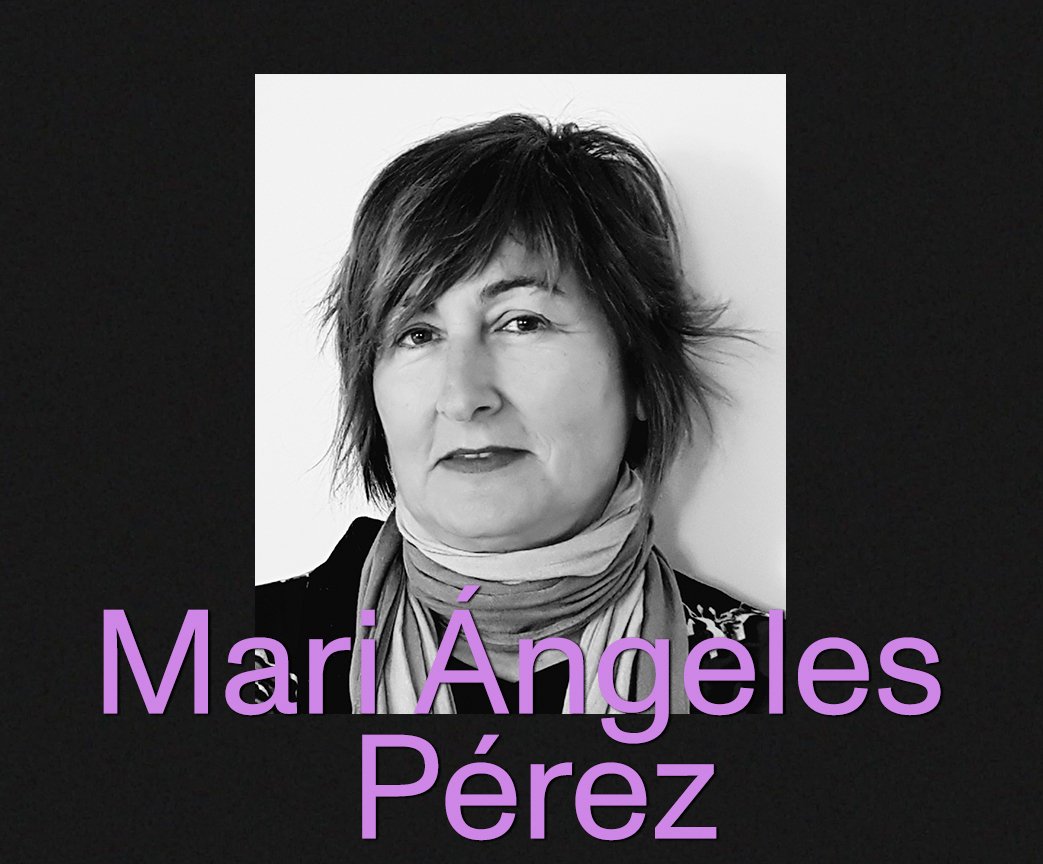
Mª Ángeles Pérez
PdH in Historiaof Art
PdH in History of Art (2019) and Master´s Degree in Hispanic Studies (2015) by the University of Valencia. National Award for Degree in History of Art (2012) and Extraordinary Award for Master in History of Art and Visual Culture, UVEG (2013). Her research focuses on the field of Women's History and Contemporary Art. Principal Researcher of the Art, Historiography and Feminisms Project (arthistFEM), University of Valencia. Coordinator (with Pablo Sánchez) of the TrencArt Educational Innovation project: Trencant la Història. Imatges, textos i contextos per a la igualtat en la Història de l'art contemporaneo. She has published the book Ilustres e ilustradas. Académicas de Bellas Artes ss. XVIII-XIX (Tirant lo Blanch, 2020).
For Enlightened women and Academicians, María Ángeles Pérez argues that women’s education in the Enlightenment differed according to their class and place of residence. Broadly speaking, education was a driver of social progress during the Enlightenment, with training programmes established all over Europe; for the first time in Spanish history women were taken into account.
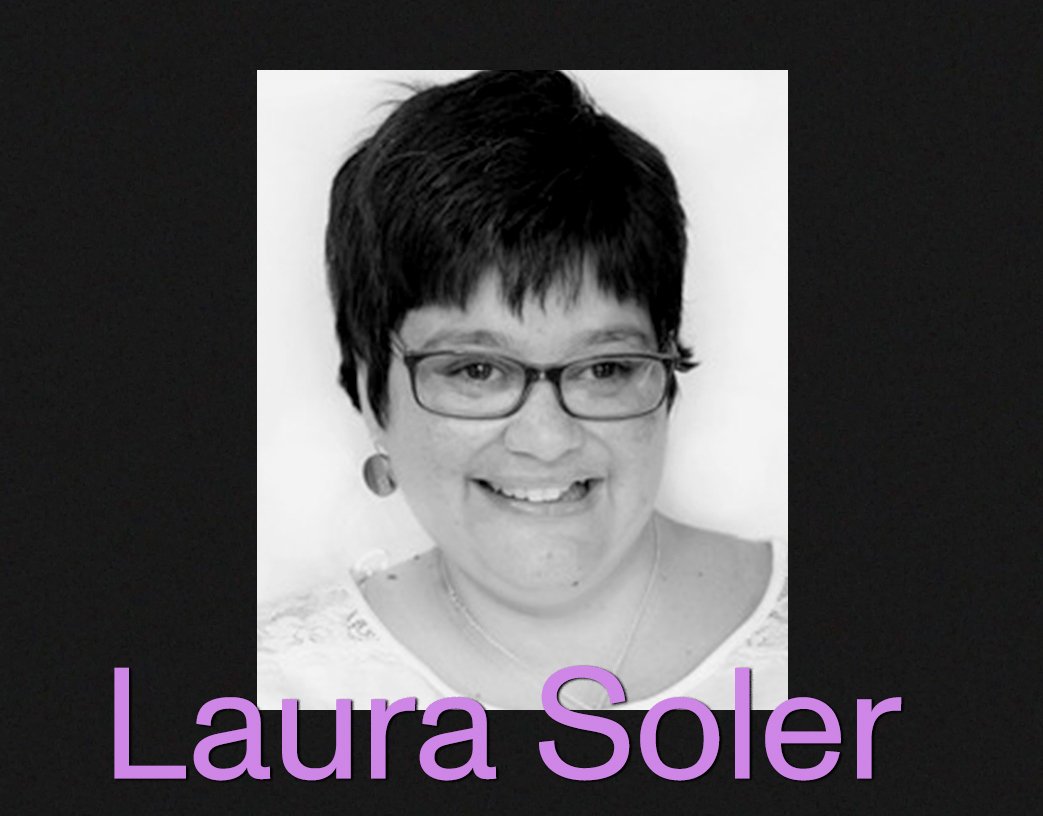
Laura Soler
Politician and philologist
Valencian politician and philologist and member of the Regional Parliament of Valencia (Corts Valencianes). She received a PhD in Hispanic Philology from the University of Alicante and has worked on different projects, both national and international, related to accessibility as well as having written several books on inclusion and diversity in the field of employment.
For Workers, carers, Laura Soler examines how the ever-present act of caring has been historically overlooked because it affects children and the elderly. However, due to the COVID-19 pandemic, she believes that great progress has been achieved in making it a social priority.
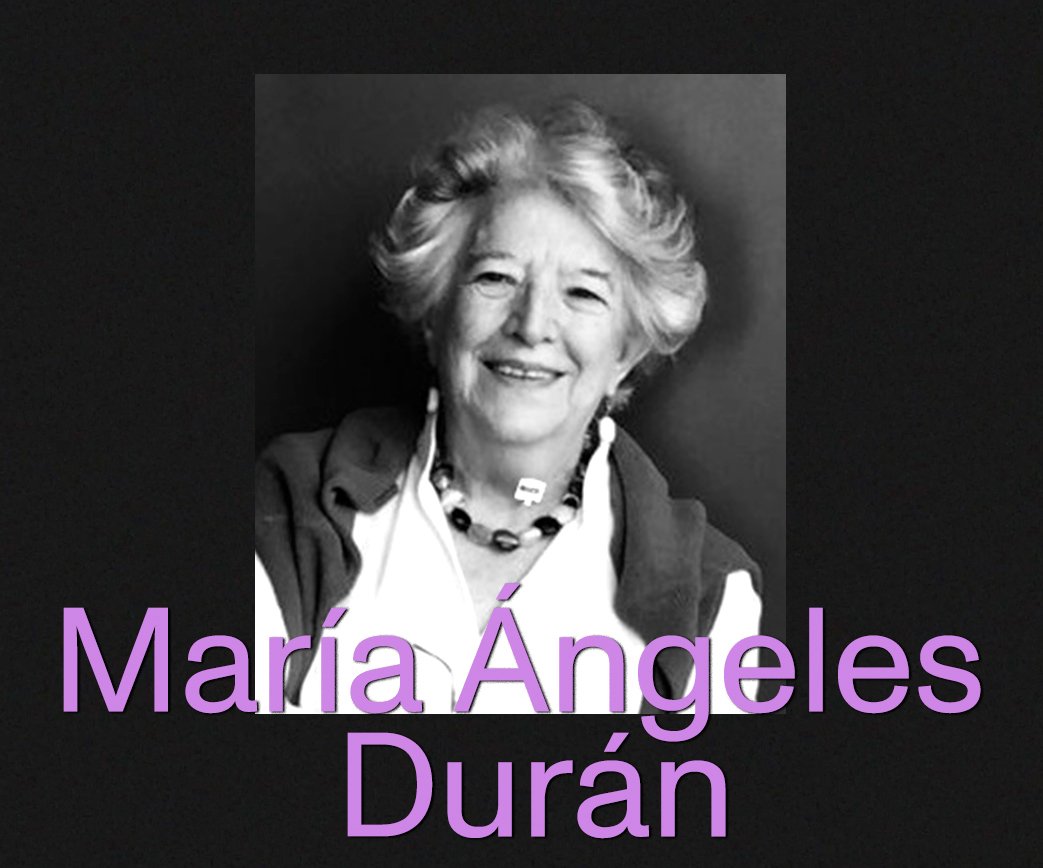
Mª Ángeles Durán
Professor and researcher
Spanish researcher specialising in the analysis of unpaid work and its relationship with the social and economic structure. A professor of Sociology and teacher of Research at the Scientific Research Council, she was awarded the ‘Pascual Madoz’ National Research Award in Law and Economic and Social Sciences and in 2018 she received the CIS National Sociology and Political Science Prize.
For Workers, carers, Mª Ángeles Durán presents a text in which she examines the unpaid care work undertaken by women in Spain and the cost it entails for them and society as a whole as well as the importance of drawing attention to work that has always been invisible but vital to sustaining society.
Work Has a Thousand Names.
Work has a thousand names and employment is only one of them. Employment is the work destined to be converted into money, into economic benefit. However, both in the past and in the present, most of the working hours produced in the world annually are not converted into money nor do they seek direct economic benefit.
Spain is no exception. The unpaid work time produced in households is thirty percent greater than the work that goes to the labour market. Throughout the world, the working week of women is longer than men's because they accumulate paid and unpaid work. Spain is no exception in this respect either: on average, women's actual working day exceeds that of men by one hour a day.
The extra time women work over the course of their lives is equivalent to the time it would take to obtain five university degrees. The benefits of the welfare state are mainly linked to employment (wages and regulated working conditions, accident and health insurance, unemployment, pensions, trade unions and institutional representation), but women still occupy a secondary position in paid work.
Reconciling employment and other activities is difficult: women leave their jobs to take on unpaid care work twenty times more often than men. Is it because they want to or because they have no other choice?. For thousands of years, women have been strongly conditioned by their biology. To maintain human life on Earth, high rates of gestation, childbirth and breastfeeding were necessary and took their toll in women's lives. Today, the life expectancy of women in Spain exceeds eighty years and the average is only 1.2 children per woman. The culture, laws, aesthetics and organization of work that were created in line with the old forms of motherhood no longer make sense, but the new ones that will replace them have not yet been created.
In the 21st century, technological change is swift. Agriculture and industry are losing jobs while they are growing in the service sector, especially in the stem sectors: science, technology, engineering and mathematics. Few women are studying to become professionally qualified in these sectors, even though they are expected to offer better working conditions. How can the benefits of science and technology be better distributed? Gallup's regular surveys in a hundred countries confirm that 16% of the world's inhabitants want to move abroad for good. These migrants from the heart number more than a billion workers, women and men. How to resolve, to reconcile the rights of those who leave and those who stay, those who want to leave and those who would receive them, open, closed, deregulated countries and labour markets? How to receive those who have already arrived by hook or by crook?
The job of caring is to prevent, to do and to be attentive. Unobtrusively, so as not to overwhelm the person on the receiving end. Until now it has been and continues to be mainly the task of women. It is a ubiquitous, tiring job that lasts as long as life itself. It is not included in the big macroeconomic figures or in the National Budgets because it is not paid. Without care, children and the sick, the frail elderly, would die. Young people and healthy adults would live worse. It is the wide base that keeps the iceberg afloat. Its worth has only been measured a few years ago and is no longer seen as a natural burden to be borne by women, but there is no money to pay for it. Who is to care for whom, how much, why, up to what limit? Nobody knows exactly because until now no one wanted to hear the answer.
The work of caring is still invisible, free or badly paid. That is why it needs words, figures, images, music, and art to make it widely known.
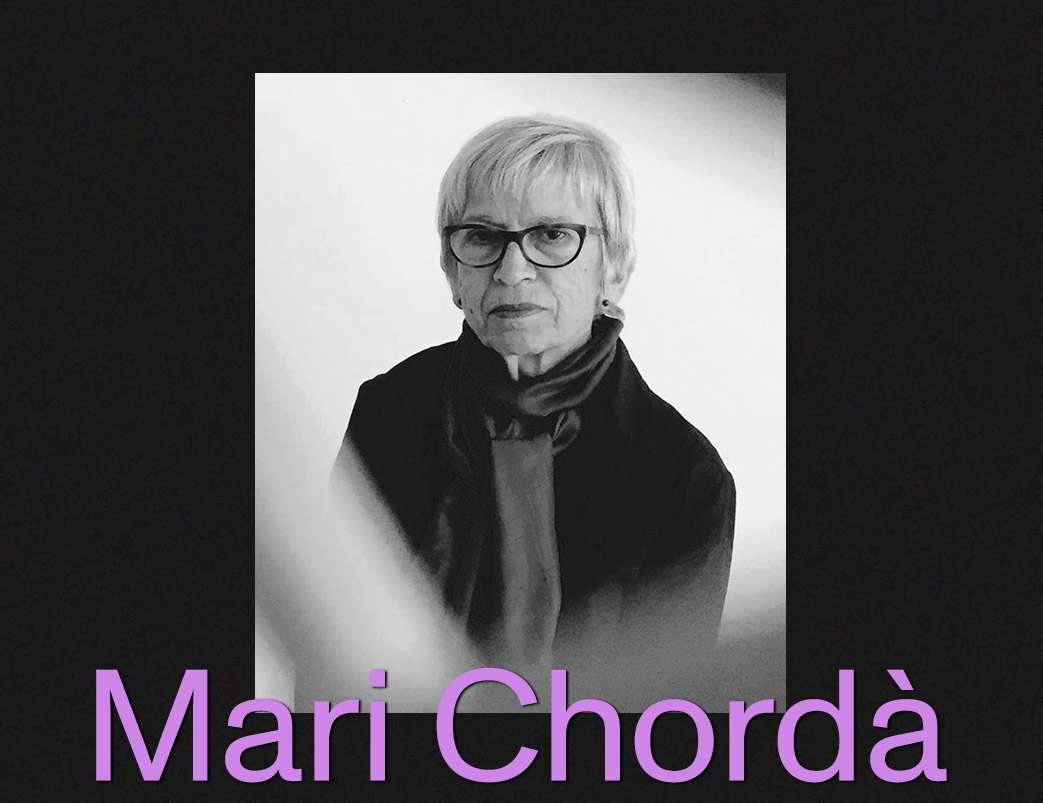
Mari Chordà
Painter and feminist activist
Painter, poet and feminist activist who studied at the Barcelona School of Fine Arts. From the late 1960s she was an active member of feminist movements and is a pioneering artist in the visual representation of female sexuality and the experience of motherhood.
For New portrayals of motherhood, Mari Chordà casts her mind back to producing her paintings Vaginals (Vaginal) and Autoretrat embarassada (Pregnant Self-Portrait) in the 1960s and the difficulties she experienced as a woman of her generation who was also an artist and mother under Francoism.

O.R.G.I.A
Collective that investigates issues relating to gender, sex and sexuality from a feminist and queer perspective. Their artistic output as well as their training and experience in life and research result in visual works that serve as a tool for criticism.
For the section Sisterhood II. Rapport, O.R.G.I.A. has created a critical queer video performance that uses text, humour and DIY objects as a discursive strategy Holding the tools. Between us women.
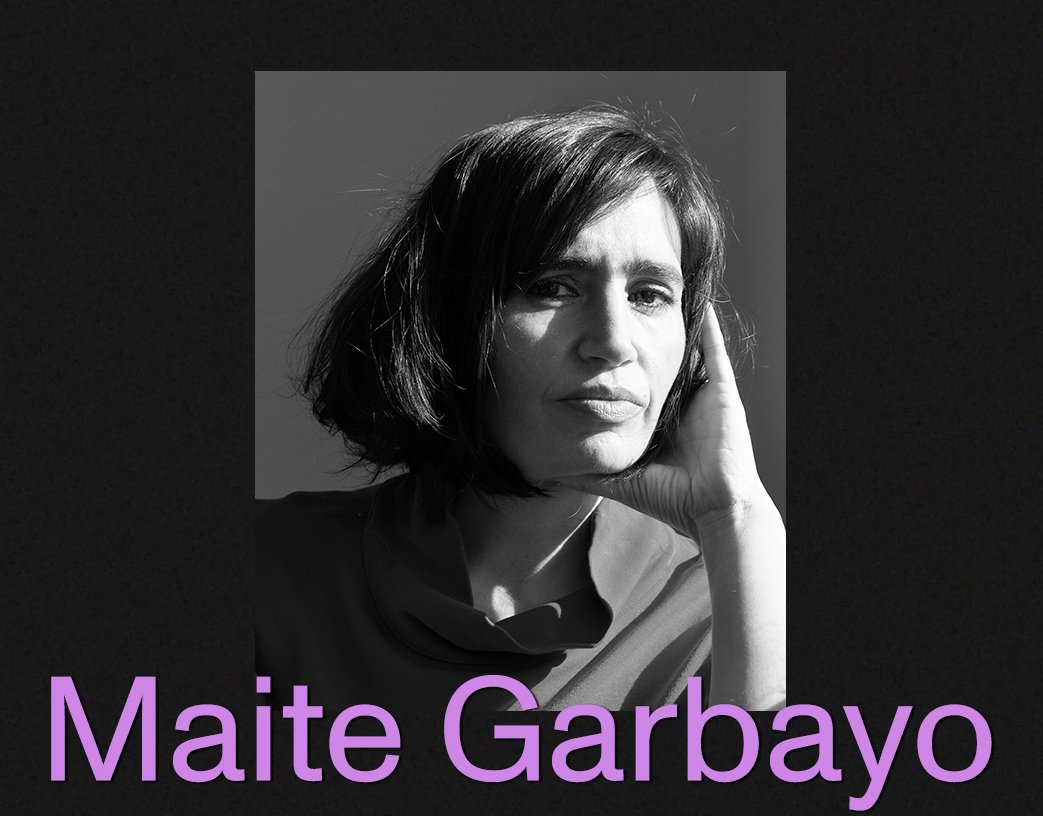
Maite Garbayo
Curator and reserarcher
Art curator, researcher and writer with a PhD in Research and Creation in Art from the University of the Basque Country. Her main areas of work are contemporary art and gender studies in Spain and Latin America and the practices of performance, the body and performativity.
For Emancipated women, Maite Garbayo talks about one of her research projects based on the Spanish cultural context of the 1970s, specifically during the late Francoist period. At the time, women began to occupy the streets of Spain coinciding with the performances of various contemporary artists.
